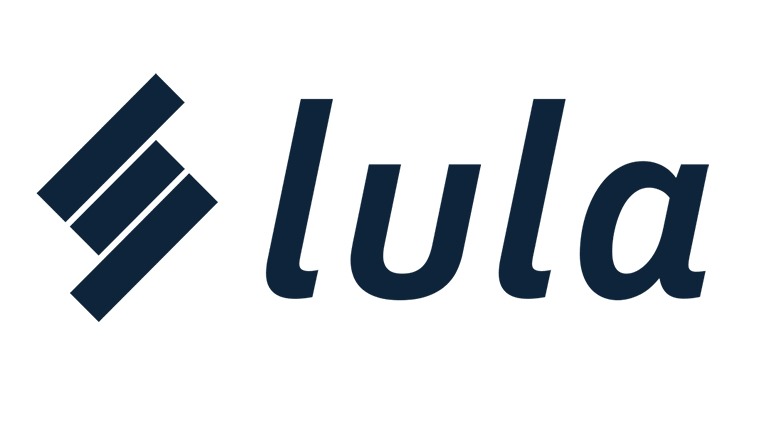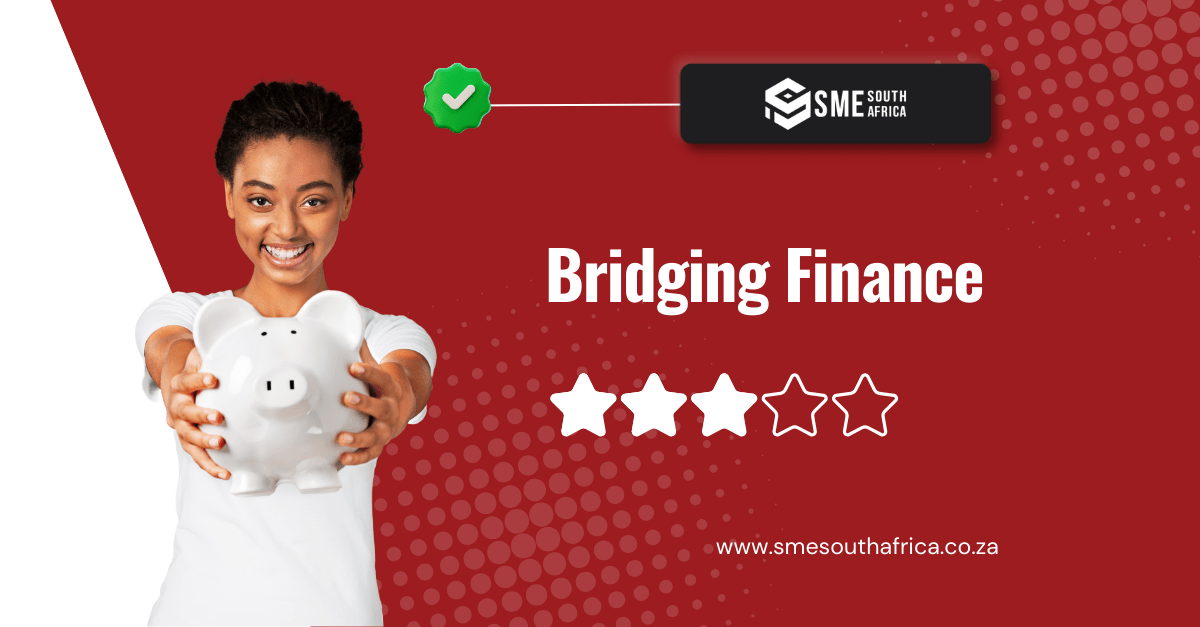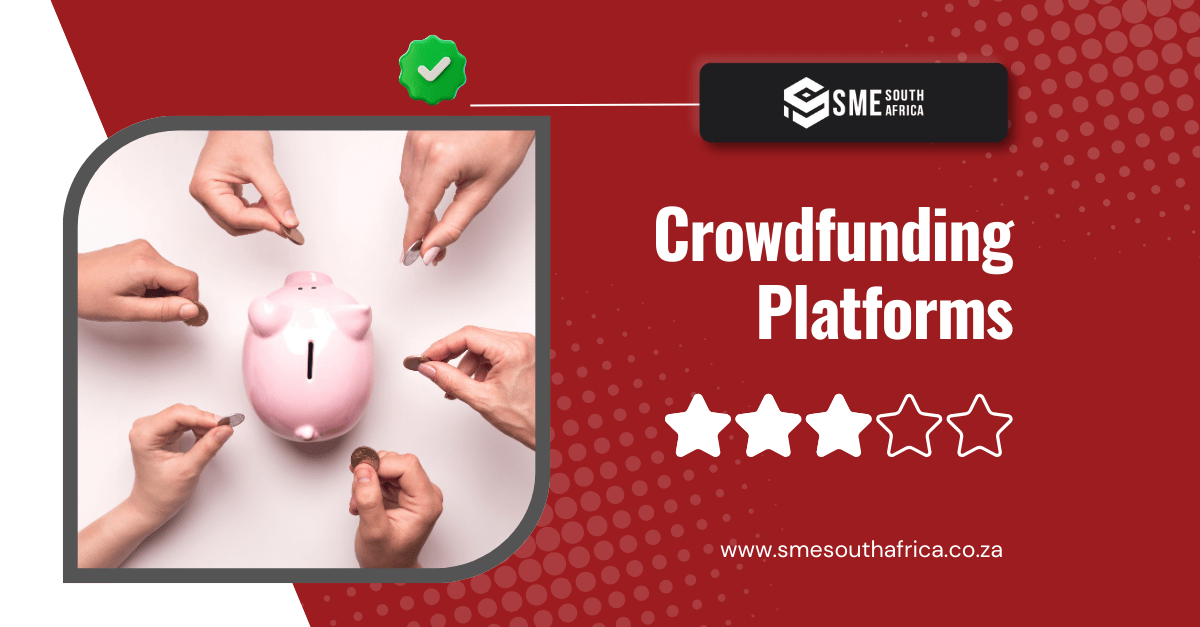
For South Africa’s small and micro enterprises, funding remains both the fuel and the fire. It powers growth, yet its absence can halt a business in its tracks. The recently released 2025 South African MSME Access to Finance Report, compiled by Finfind in partnership with African Bank. It sheds light on the hard numbers behind the funding gap. It doesn’t just confirm what many entrepreneurs already know, it quantifies it, regionalises it, and more importantly, signals the need for a systemic rethink.
In this article, we break down the critical findings of the report and provide sharp insights every SME founder should be paying attention to, especially if you’re preparing for funding or trying to position your business for growth.
Why Is This Report Relevant and What Do the Numbers Say?
The report is the most extensive assessment of SME funding in South Africa to date. It analysed more than 10,000 funding requests submitted between September 2023 and August 2024 across 605 financial products offered by 315 lenders. That gives us a clear statistical view of who’s accessing finance and who’s not.
1. Micro-businesses dominate demand, but get sidelined
A staggering 85,6% of all funding applications came from micro-enterprises, businesses with a turnover of less than R1 million per year. These businesses create 80,5% of the jobs in the country but are routinely underserved..
Many lenders still use consumer-grade credit scoring models for business loans. This outdated approach misreads the realities of micro-businesses and often disqualifies viable applicants.
2. SMEs Aren’t Asking for Large-scale Capital
According to the 2025 South African MSME Access to Finance Report:
38,7% of applicants sought loans below R250 000, and 30,8% requested between R250 000 and R1 million
This suggests that many SMEs aren’t asking for large-scale capital; they’re looking for bridge funding, equipment purchases, and working capital support. But without structured documentation or strong financials, even these modest requests are often rejected.
Emerging Trends From the Report
1. Female Entrepreneurs are Gaining Ground, but Products are Vanishing
Female-owned SMEs now make up 36,1% of all funding requests, which is up from previous years. However, the number of female-targeted finance products has dropped by 33%. There is a clear mismatch between rising participation and shrinking institutional support.
This suggests that even as women-led businesses grow, the ecosystem is not evolving fast enough to support their specific needs.
2. Regional Funding Landscape Shifts: Growing Activity Outside Gauteng
Although Gauteng still leads with 37,3% of applications, its share has declined (from 44%). Provinces like KZN, Eastern Cape, and Mpumalanga are gaining momentum. These provinces also reflect a higher concentration of black-owned and youth-led businesses.
Data is the Missing Piece
The report makes a powerful case for standardising MSME data collection. In SA, however, there’s no national tracking of SME lending in granular detail. This lack of transparency:
- Obscures funding gaps
- Prevents policy innovation
- Makes benchmarking impossible
Until the Reserve Bank reforms its BA900 forms to include SME-specific reporting (as the report suggests), funding inequality will remain hidden in plain sight.
What Entrepreneurs Should Do Next
Here’s how SMEs can better position themselves:
1. Get Funding-Ready
Don’t wait for funding to get your business in order. Get your ducks in a row by doing the following:
- Management accounts (monthly or quarterly)
- 12-month cash flow forecast
- Tax clearance certificate
2. Explore Alternative Funders
Banks are no longer the only option. Look at:
- Peer-to-peer lending
- Invoice financing
- Equipment leaseback schemes
- Development finance institutions (like SEFA and NEF)
3. Leverage Industry Platforms
Platforms like Finfind match businesses with appropriate lenders. The more data you submit, the better your match.
Shifting the Future of Funding in South Africa
The 2025 report is more than just a collection of data; it’s a call for action. South Africa’s small businesses are not asking for billions; they’re asking for fair evaluation, better access, and tools to build credit.
Whether you’re running a mobile salon, a kitchen, or a tech startup, the future of funding depends not just on your hustle but on how well you position yourself as a funding-ready business, as well as navigating the complex funding landscape.












